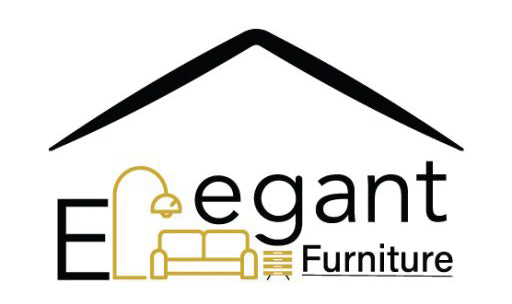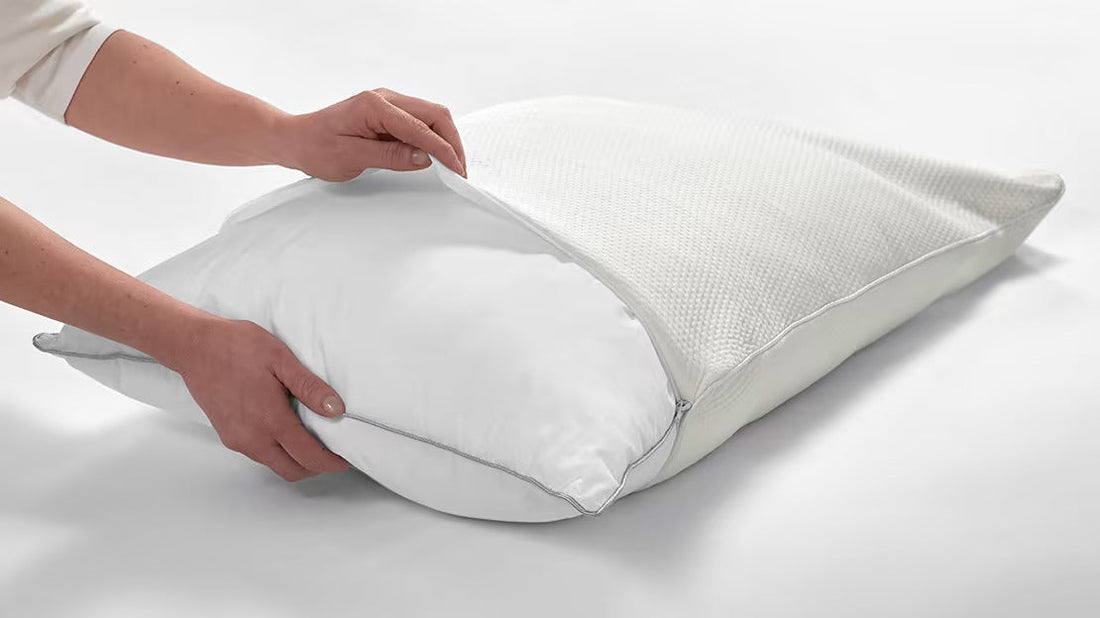These accessories’ protect the pillows to last long and ensure cleanliness since they have a close relationship with the face. These are products that are meant to protect pillows against dust mites, allergens, and stains. Knowledge of the making of a pillow protector nz can give insight into the kind of quality and longevity of the product to be produced.
● Raw Materials Used in Pillow Protectors
Pillow protectors are fabricated through different types of material and they all are high quality to fulfill their uses. Popular fibers are cotton, polyester as well as fabric that is made from both cotton and polyester. Waterproof pillow protectors may also use polyurethane layers to help create a layer that will repel water. Other choices of natural fabrics, such as organic cotton, are also used during the production process to be environmentally friendly.
Thread, Zipper, and elastic bands are some of the other relevant materials. These components enable the pillow protector nz to perform their intended roles as well as to last as long as possible and be as easy to use as possible. Fabrics are chosen not only for comfort and ease of breathing & the capacity to endure washing several times.
● Design and Specification
Specifically, the work of the design phase lies in the identification of dimensions and characteristics of pillow protectors. The primary pillow protector nz dimensions include standard, queen, and king, sizes, with some special pillow sizes available. Some of the features commonly included and perhaps significant are zippers or envelope closures to hold the pillow to prevent its shifting once in use.
Synthetic pillow protectors designed for use in water environments including regions such as NZ use multi-layer construction. This also ensures that the protector remains very light while at the same ensuring that it gives as much protection as possible. Special orders call for aesthetic along with functional sometimes for need specific markets.
● Cutting and Preparation
After choosing the fabrics, the other process that follows entails slicing the fabric to the desired forms and dimensions. Industrial cutting machines are very common to guarantee accuracy & reduce wastage in the process. Silhouette molds: patterns affect the cutting process to make sure that replication of patterns for batches is accurate.
Fabric is layered and cutting is done at the same time to meet different large-volume needs. Complex designs that may require intricacy in cutting use special cutting methods for curved designs. They also help to find out that every piece produced matches the dimensions considered during the design stage.
● Stitching and Assembly
If done correctly, stitching is an important process in the manufacture of pillow protectors. Push buttons facilitate the joining of the pieces by an assembly line of automated sewing machines for uniformity. To add strength to the seams most garments have two rows of stitching or overlocked to give additional strength.
For zippered pillow protectors, the zippers are inserted into the cover before the last stitching is done. Further, envelope-style protectors have their edges stitched and for this reason, need to be well-stitched to have a perfect finish. Waterproof pillow protectors receive an additional process to ensure that the waterproof layer is well bonded to the fabric.
● Quality Control and Testing
The quality check forms part of the manufacturing to ensure that pillow protectors being manufactured are acceptable in the market. Every single garment is tested on its sturdiness, integrity of the seam, and effectiveness of the material used. A pillow protector nz that may be in the market are usually trialed for waterproof effectiveness as well as allergen resistance.
● Packaging and Distribution
After inspection, pillow protectors are packed with lots of care to ensure that the packaging does not affect the quality of the protectors. The options also seem fairly diverse and while there are many packaging options many manufacturers are offering biodegradable or recyclable packaging. Labels usually come as marketing tools and they state about the features, how to wash, and green certifications.
Market Demand and Consumers’ Preferences
Factors leading to increased demand for pillow protectors include; increased awareness of hygiene and general health. Similarly, in NZ waterproof pillow protectors are very popular as they are useful. Consumers expect their products to be both functional and sustainable – more and more often.
Some possibilities like manufacturing a clothesline that is made from hypoallergenic materials or clothes that come in certain sizes will attract certain classes of consumers. On issue of brand attribution and packaging also has a stronger influence on attracting customers. Satisfying these preferences gives a competitive advantage in the industry
Conclusion
The material selection for the actual making of pillow protectors is a very detailed process. Using okay technologies and suitable measures, manufacturers can meet new consumer needs. In areas such as NZ, the focus on waterproof pillow protectors therefore has to do with the need to have something that will not wear out easily as well as something easy to work with.

